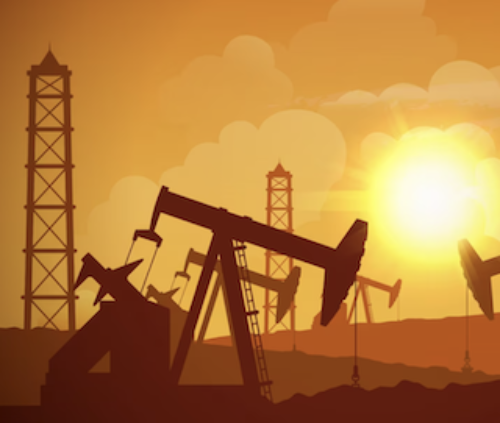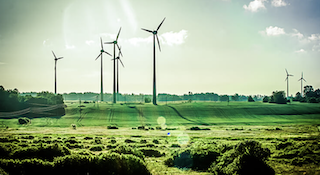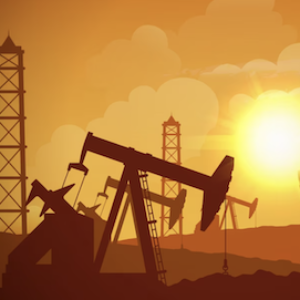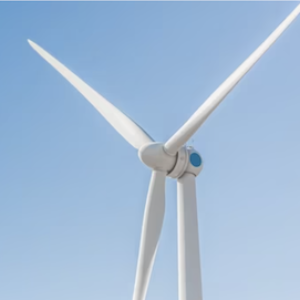Lets go back in time.
This seminar series will contain four modules, starting with the past and finishing with the future of energy. The body modules will contain non-renewable, as well as renewable sources. So, check out the links below for more information.
Quick Guide
Let’s dive in history of energy in legal English.

Let’s dive in history of energy in legal English.
Energy Timeline
Let’s dive in history of energy in legal English.

200,000 BC – fire was used in control of ways for cooking and warmth.
200 BC – the Chinese begin mining coal.
644 A.D. – the first windmill appeared in Iran.
1100 A.D. – the first windmill appeared in Europe.
1690 – coal replaces wood in Europe as the main fuel source.
1700 – geothermal technology is being used by Islanders.
1859 – the first oil well in the US is drilled in Pennsylvania.
1885 – the first gas powered car is developed by Karl Benz.
1939 – nuclear power is discovered in Germany by Otto Hahn.
1942 – the first fission reactor is designed and built by Enrico Fermi.
1945 – the first atomic bomb was tested in New Mexico USA.
1951 – the first nuclear electrical power plant is opened in Idaho.
1970 – wind turbines seen around the world.
1974 – the silicon photovoltaic cell was developed by Joseph Lindmayer in the US.
1986 – Chernobyl, Ukraine changes the world.
What is Energy?
Energy is power derived from using physical or chemical resources. The main function is to provide light or heat to people or machines.

What is a watt?
The watt is named after James Watt, a Scottish inventor and mechanical engineer who made significant contributions to the development of the steam engine.
A watt (symbol: W) is a unit of power in the International System of Units (SI). It is defined as the rate at which work is done or energy is transferred, with one watt being equivalent to one joule per second.
There is only one type of watt. However, there are different terms that use the word «watt» in their names, which may cause confusion.
Here are some examples:


How is a watt measured?
Big
Gigawatt (GW): This is a unit of power that is equal to 1 billion watts. It is often used to describe the capacity of large power plants or the energy output of natural disasters, such as earthquakes and volcanic eruptions.
Megawatt (MW): This is a unit of power that is equal to 1 million watts. It is often used to measure the output of large power plants, wind turbines, and other large-scale energy systems.
Kilowatt (kW): This is a unit of power that is equal to 1,000 watts. It is commonly used to express the power output of electrical devices, such as generators, motors, and air conditioners.
Little
Milliwatt (mW): This is a unit of power that is equal to 1/1000th of a watt. It is often used to express the power output of low-power electronic devices, such as sensors, remote controls, and small LED lights.
Microwatt (µW): This is a unit of power that is equal to 1/1,000,000th of a watt. It is used to express the power output of very low-power devices, such as RFID tags and some medical implants.
Non-Renewable
Petroleum
Coal
Natural gas
Nuclear


Renewable
Wind power
Solar power
Hydropower
Biofules
Petroleum
This liquid is a wide used term that encompasses crude oil, and it is refined into other fuel, such as gasoline, kerosene, diesel, and even jet fuel. Petroleum and oil are often used interchangeably.
Coal
This rock found next to the surface of the Earth, and is one of the most abundant sources of energy. It is extracted through surface mining as well as underground mining.
Natural gas
This is a mixture of gases, held below the earths surface, and can be extracted similar as oil.
Nuclear
Nuclear fission is created and harnessed to produce electricity.


Wind Power
These devices can be located on or off shore, and uses the natural power of wind to turn a turbine.
Solar Power
Solar power works in many ways, but the main principle is to receive the suns energy to transform into energy on land.
Hydropower
Water flows from dams or rivers to create pressure and turn turbines inside of a dam and create electricity.
Biofuels
These can be biomass, which is organic materials that contain stored energy from the sun.
Nuclear energy production increased by 2.5% in 2020, with the largest producers being the United States, France, and China.
China was the largest producer of renewable energy in 2020, with a total capacity of 895 gigawatts (GW), followed by the United States at 292 GW.
Renewable energy production increased by 7.4% in 2020, with wind and solar power accounting for the majority of the growth.
Hydropower accounted for 6% of global energy production in 2020, with the largest producers being China, Canada, and Brazil.
Fossil fuels accounted for 83% of global primary energy production in 2020, while renewable energy sources accounted for 11%.
In 2020, global primary energy production reached 168,000 terawatt-hours (TWh), an increase of 2.6% compared to the previous year.
Oil remained the largest source of primary energy production in 2020, accounting for 33% of the total, followed by coal at 26% and natural gas at 22%.
Coal production declined by 4.5% in 2020, the largest annual decline on record, due to the COVID-19 pandemic and increasing competition from renewable energy sources.
Oil production declined by 6.6% in 2020, the largest annual decline on record, due to the COVID-19 pandemic and an oversupply of oil on the global market.
Natural gas production increased by 2.3% in 2020, with the largest producers being the United States, Russia, and Iran.
Eric Froiland Legal English Teacher
Eric Froiland is a distinguished figure in the realm of legal English within Colombia. As an esteemed professor and accomplished writer, he has established himself as a leading authority in the field. With a profound understanding of the intricacies of legal language and a commitment to imparting this knowledge to others, Eric Froiland has emerged as the foremost expert in legal English in Colombia, contributing significantly to the legal education and writing landscape in the country. His expertise and dedication have left an indelible mark on the legal community, making him a respected and influential figure in the field. Ambito Juridico






